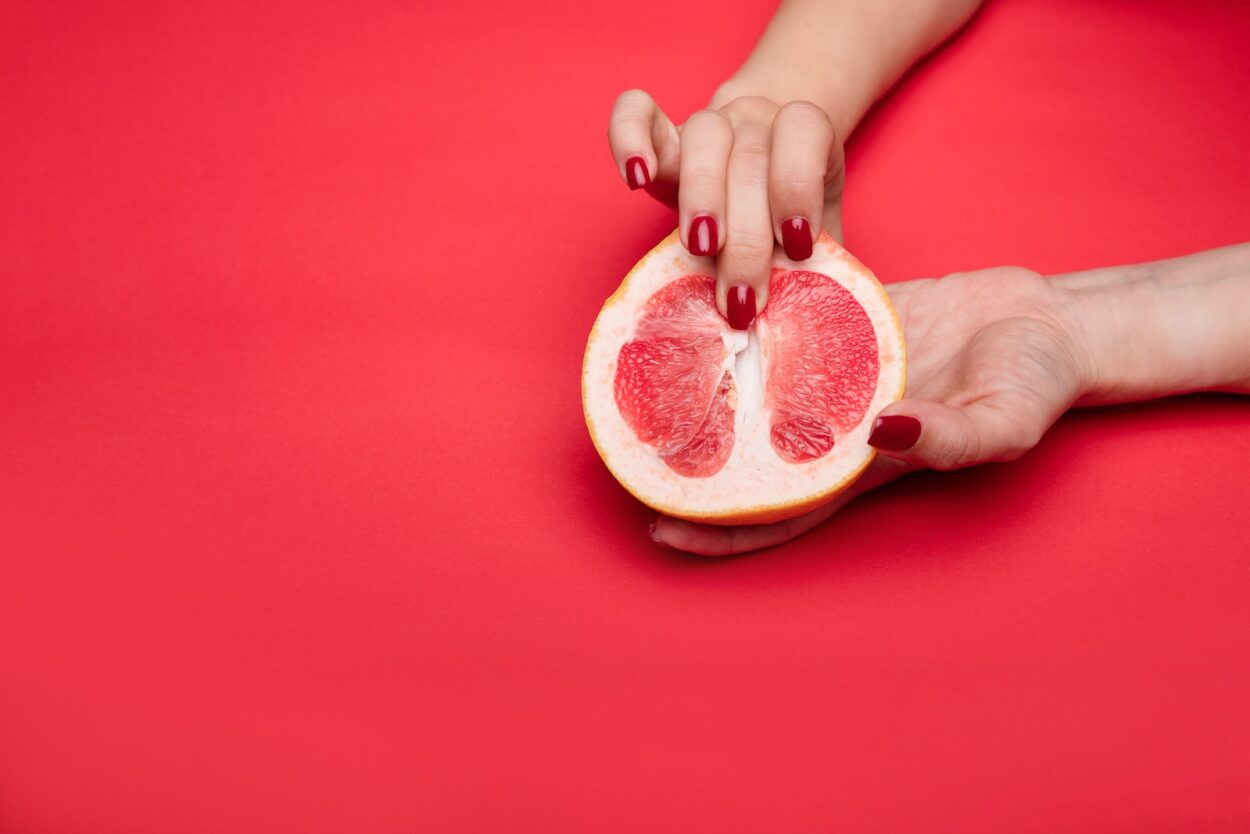Ensure that your partner is comfortable and well-lubricated before touching the area. Using lube prevents friction that can turn off a girl and even cause small cuts.
The vulva, also known as the hoo-hah, is packed with nerve endings that enjoy being stroked, tweaked, rubbed and pinched. Getting to the G-spot is especially hot.
The anatomy of the vagina
The vagina is a tubular fibromuscular structure that connects the uterus and cervix to the anus. It extends from the pelvic cavity through a hollow space known as the vulva vestibule at its distal end and is partially covered by a membrane called the hymen. The vagina serves many purposes, including providing a passage for menstrual blood to exit the body and allowing sperm to collect before entering the uterus through the cervix during sexual intercourse. It also enables childbirth and is used for the insertion of tampons.
The inner surface of the vagina consists of a layer of autonomically-innervated smooth muscle rich in capillaries. It’s lined by stratified squamous epithelium that undergoes hormone-related cyclical changes, including slight keratinization. The muscle layer is supported by a fibrous lamina propia that provides structural support and elasticity.
While scientific examinations haven’t found one specific area of the vagina that has a greater density of nerve endings than another, some women find the anterior wall more stimulating (the area commonly referred to as the G-spot or Grafenberg spot). If you want to know what part of her vulva is most pleasurable to finger, keep communication open and ask what turns her on. For example, you can use your lubed fingers to make light flicking motions in different parts of her vulva and gently run them over the top of the clitoris.
The clitoris
Your clitoris is a little nub that sits on top of your labia minora. It’s surrounded by your clitoral hood, and it has around 8,000 nerve endings—that’s double the number on your penis. For most vulva-owners, the clitoris is orgasm central—you can stimulate it from outside with your fingers or inside the vagina by reaching to the G-spot.
It’s not a good idea to touch your partner’s clitoral hood or the G-spot before she’s fully turned on and ready for finger play. Instead, start with light touches to sensitive areas. It’s a great way to turn her on, and it builds anticipation for the deeper touches that will lead to her moaning at full volume.
You can use your index or middle finger to stroke the external clitoral area, and a thumb and index finger for foreplay in the canal. If you want to get more aggressive, gently slide your fingers towards the entrance of her vagina and tease them with different pressures.
It’s important to remember that every vulva and clitoris is unique. Your partner might respond best to deep penetration, indirect clitoral stimulation, nipple stimulation, or something else entirely. That’s why it’s crucial to pay attention to your partner’s physical and verbal cues. They’re your best guide to finding the perfect fingering technique for them.
The G-spot
Many women who enjoy fingering say their G-spot is one of their favorite pleasure areas. Tucked inside the vulva, the G-spot has nerve endings that love to be stroked, tweaked, rubbed, and pinched. It’s not always easy to find, but when it’s found, it feels good—kind of like a little Shangri-La up there.
To find the G-spot, slide your finger in about two thirds of the way. Make sure the finger and the area around it are properly lubricated, as pushing on dry skin can cause friction that’s not very fun. Once the finger is in, gently glide it back and forth to tease the G-spot. Some women describe it as feeling spongy, but everyone’s body is different.
Consistent G-spot stimulation can lead to a climax. It can also stimulate squirting, which some vulva-owners find very pleasurable. It can be done in the same way you stimulate the clitoris, with slow caresses or circular motions.
As with the clitoris, it’s important to listen to your partner’s verbal and non-verbal cues, as not all women who like fingering will enjoy being touched up there. They may prefer a different type of stimulation, or just want to be left alone. That’s fine, as there are plenty of other erogenous zones to explore. The key is to keep trying new things until you and your partner have figured out what feels best for both of you.
The vaginal canal
The vagina is a muscular tube that connects your external genitals to the cervix of your uterus. It’s the place where babies are born, menstrual blood exits and a variety of things go inside, including penises, fingers, sex toys and tampons. It also contains lots of sensitive nerve endings, making it a great target for fingering.
It’s important to start with a clean, lubricated hand when you’re fingering your vulva (or being fingered) because it can hurt if the lining is dry or there are bacteria and fungus present. You should also make sure your nails are clean and trimmed so you don’t scratch the delicate muscles and nerves down there.
If you don’t have a lot of experience with fingering, it’s best to start slow and gently caress the outer vulva area before working your way down into the canal. You’ll likely find that the muscle tissues and nerve-endings down there respond best to slow, gentle stimulation and are more sensitive than you might think.
Your vaginal opening is surrounded by a thin membrane called the hymen, which may be crescent-shaped in preadolescent females or completely cover it in adult women. A thin ring of skin called the labia minora may partially or totally cover your vaginal opening, too. The clitoris is made of spongy tissue that becomes swollen when you’re aroused and has thousands of nerve endings.




Leave a Comment